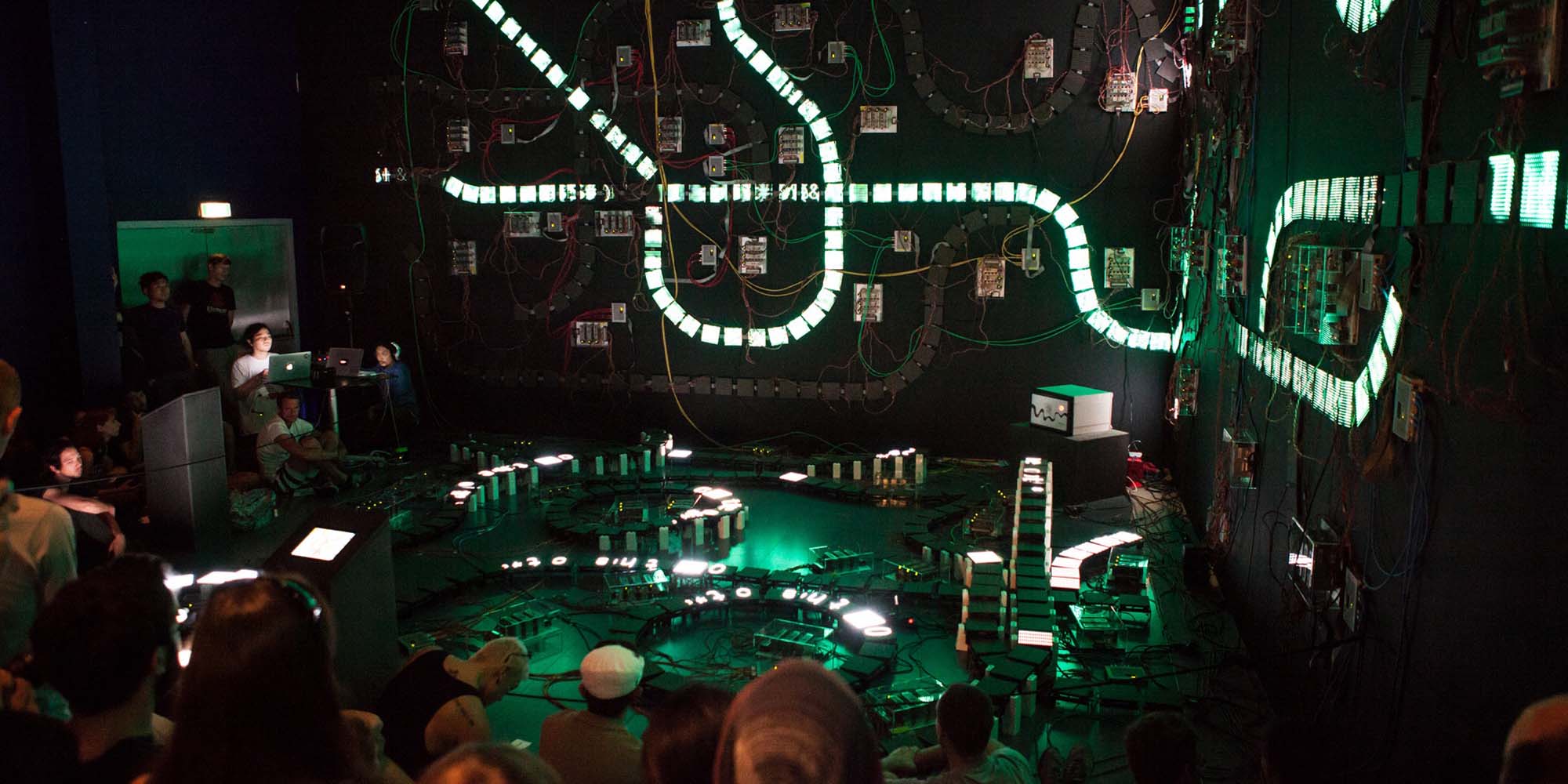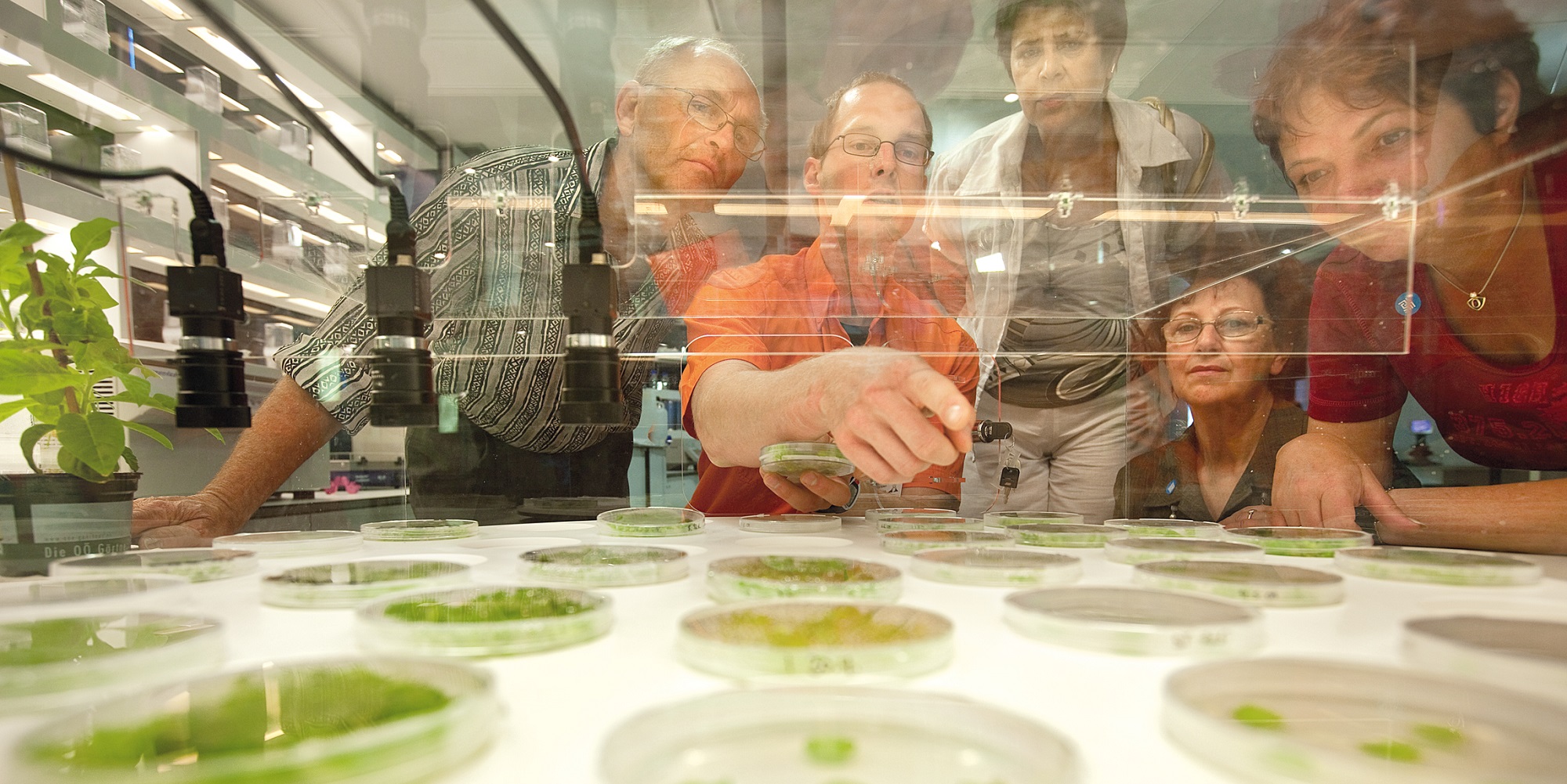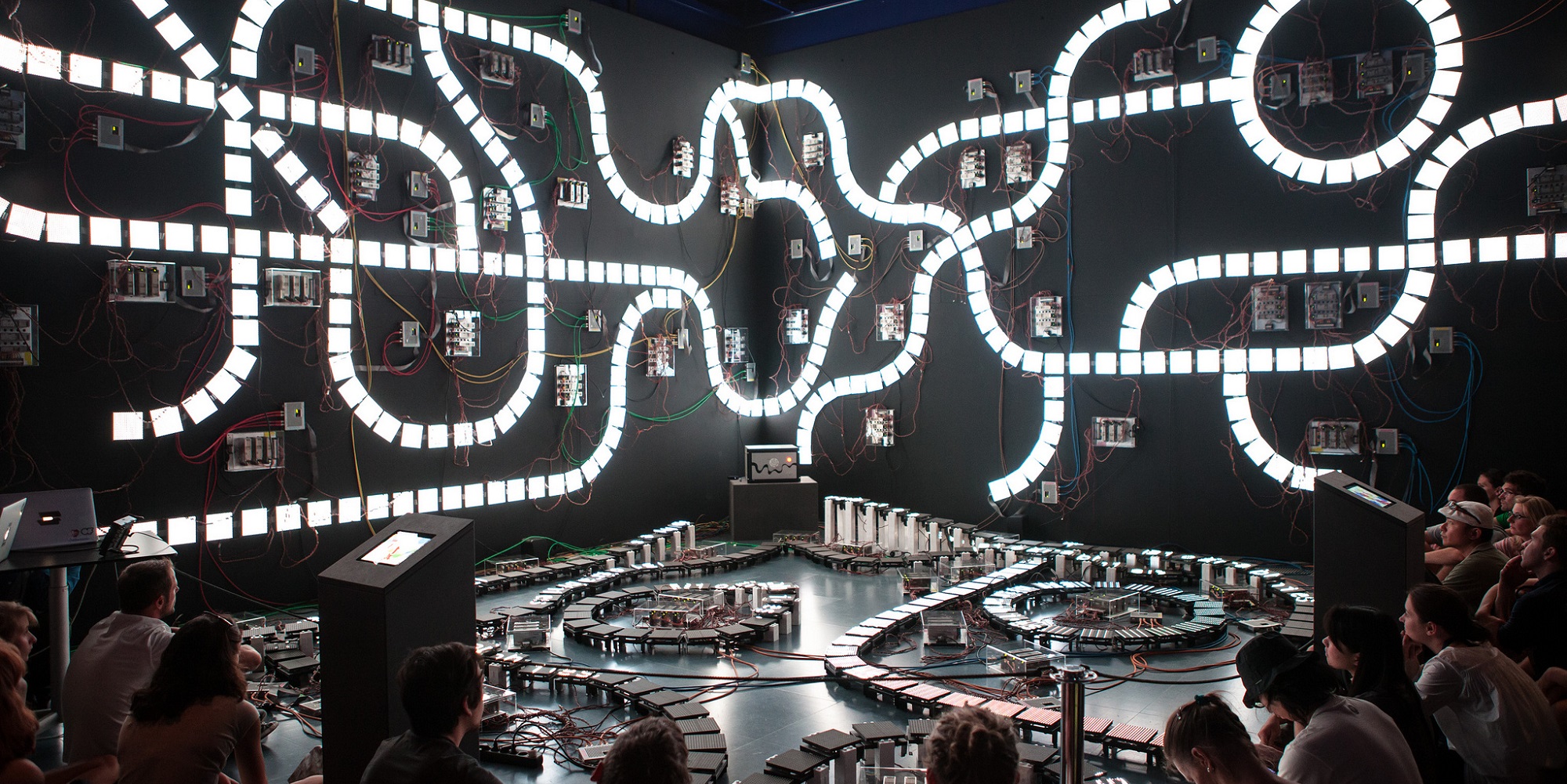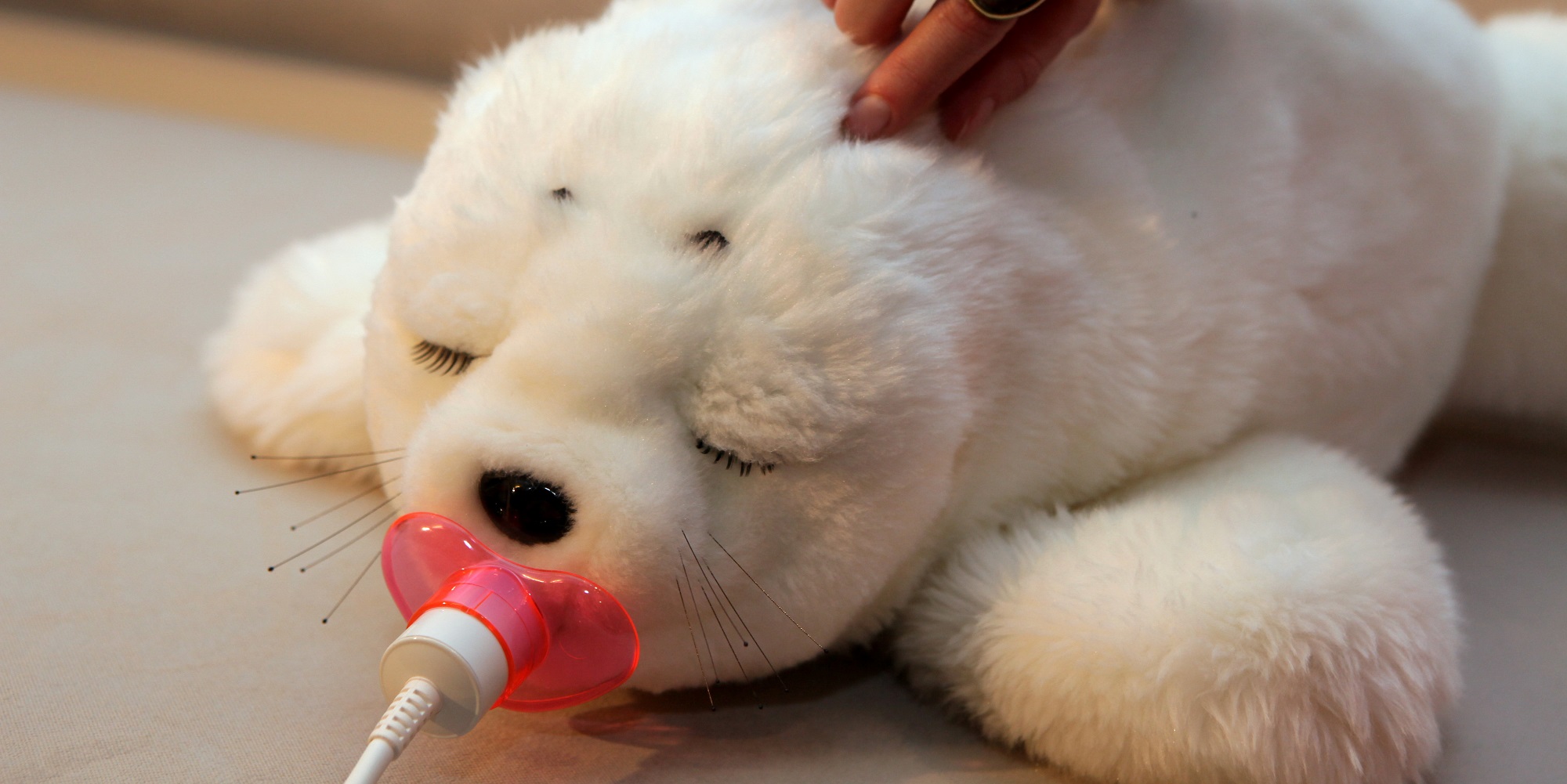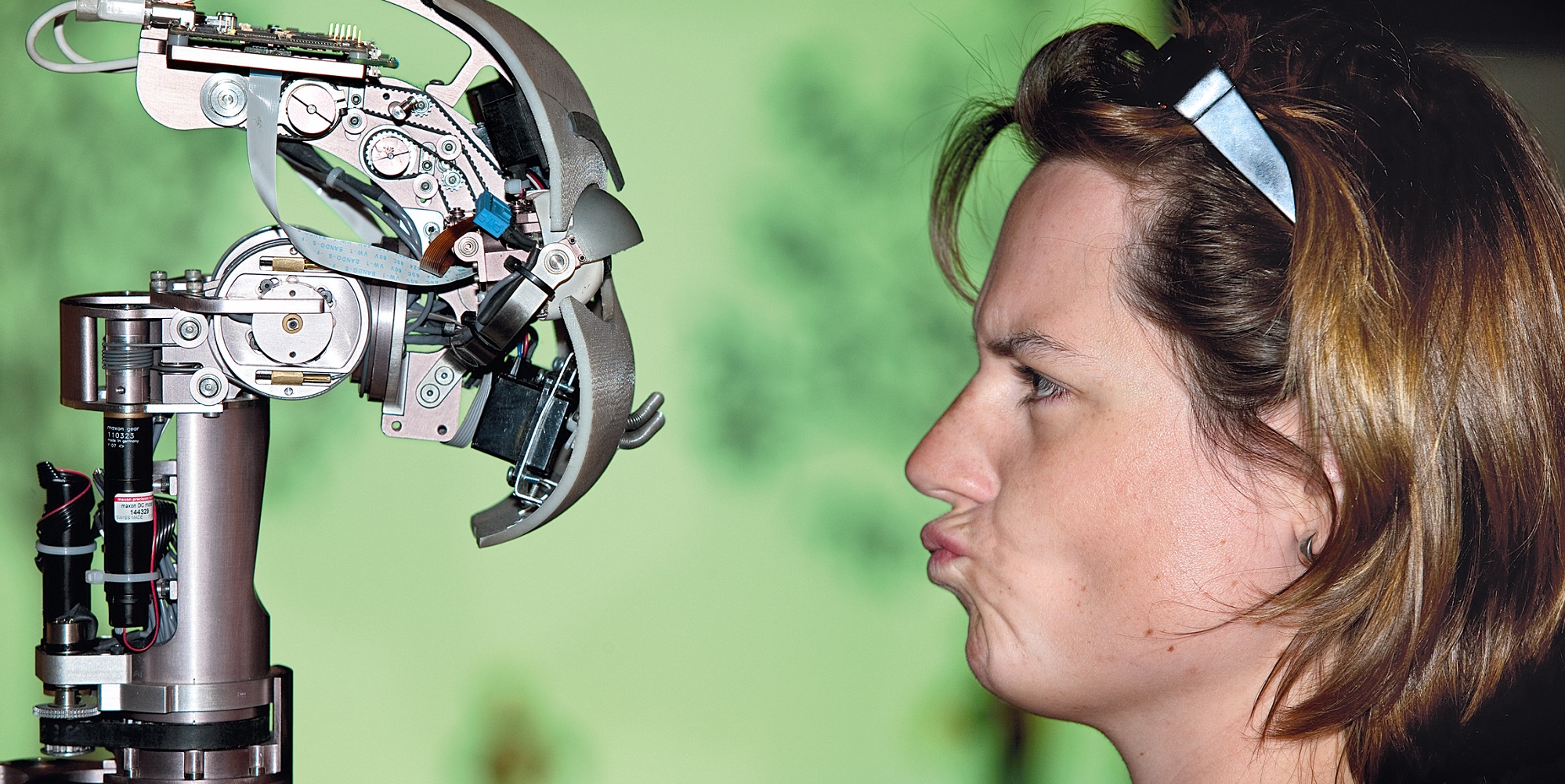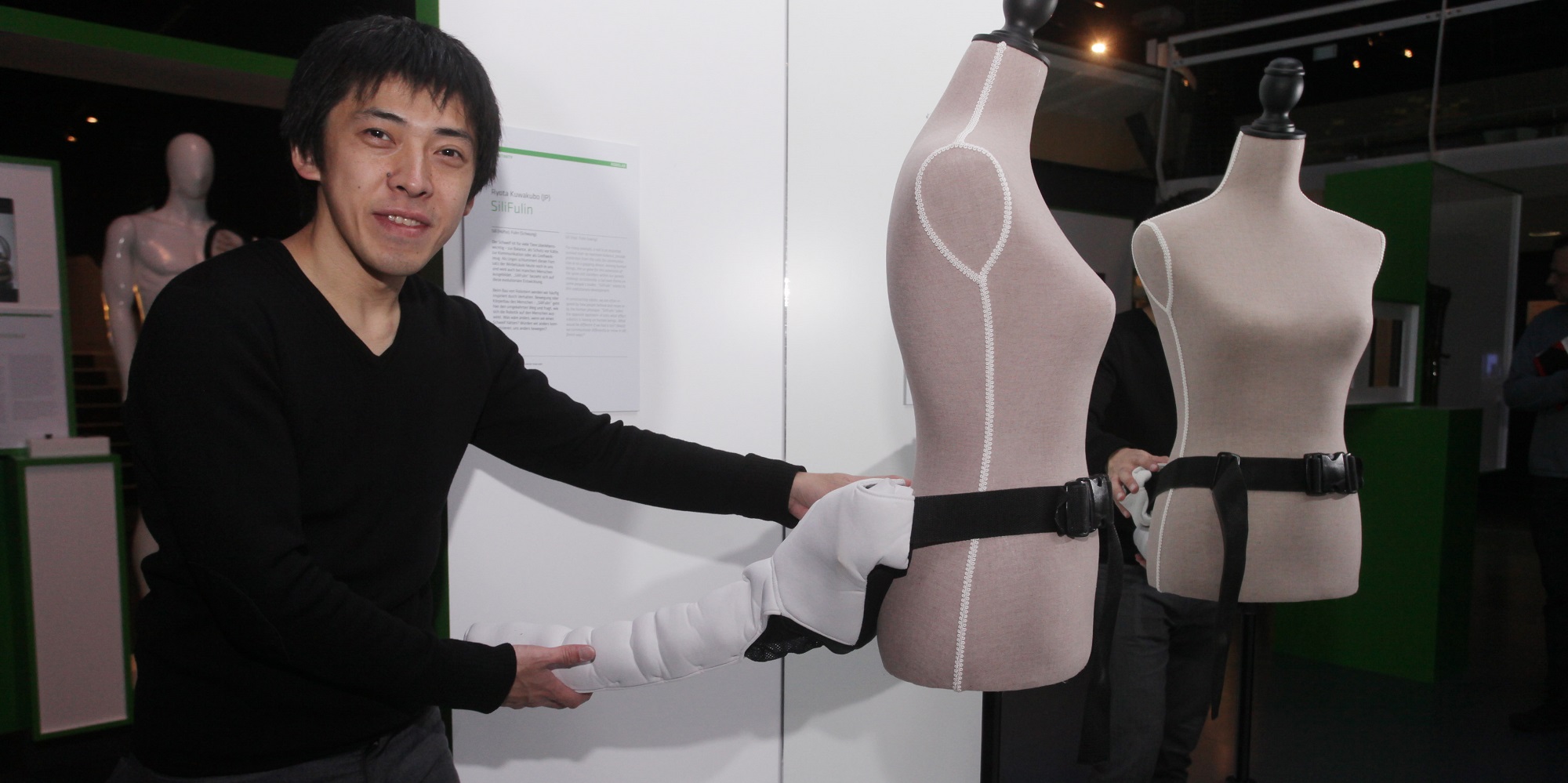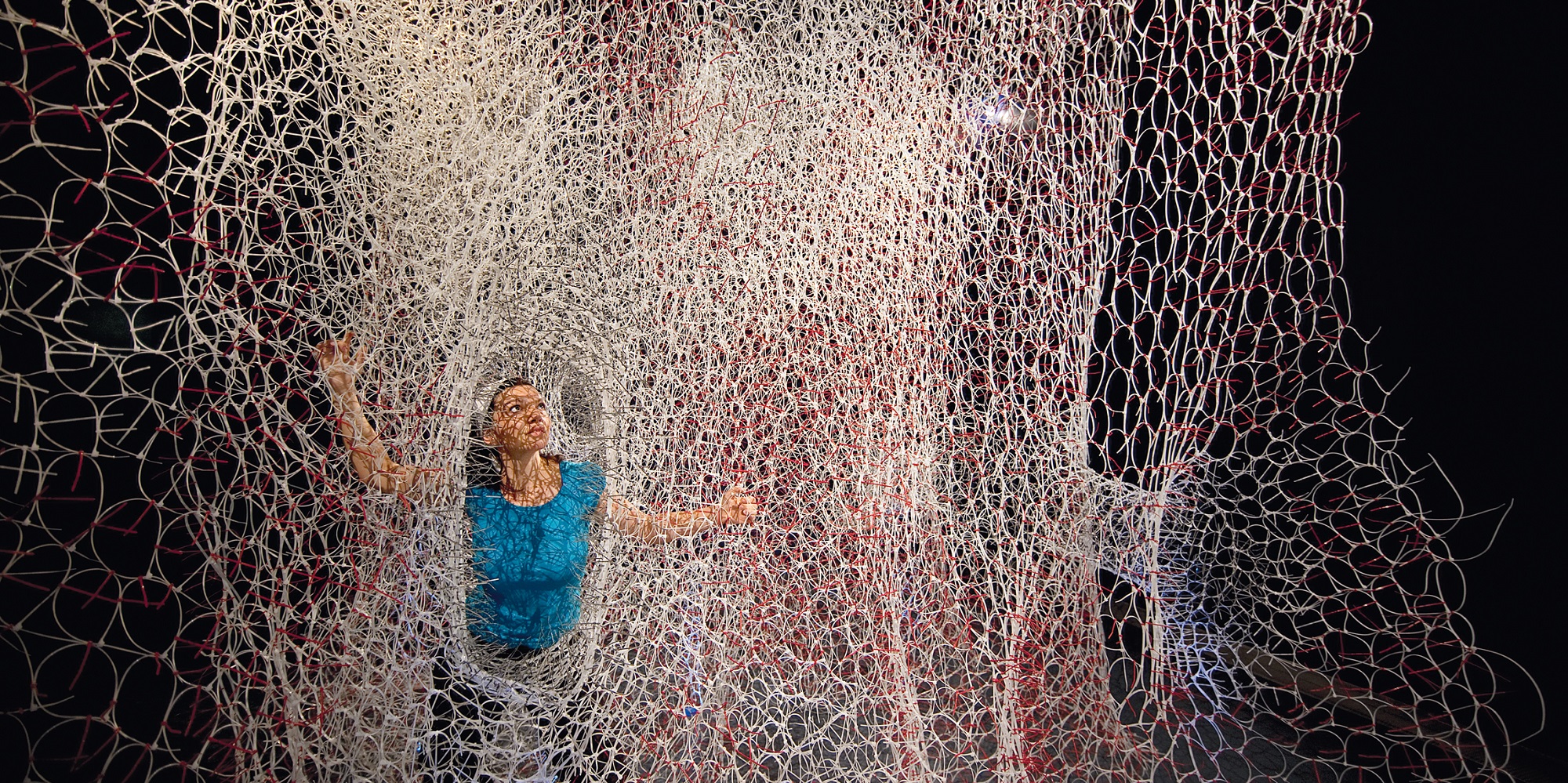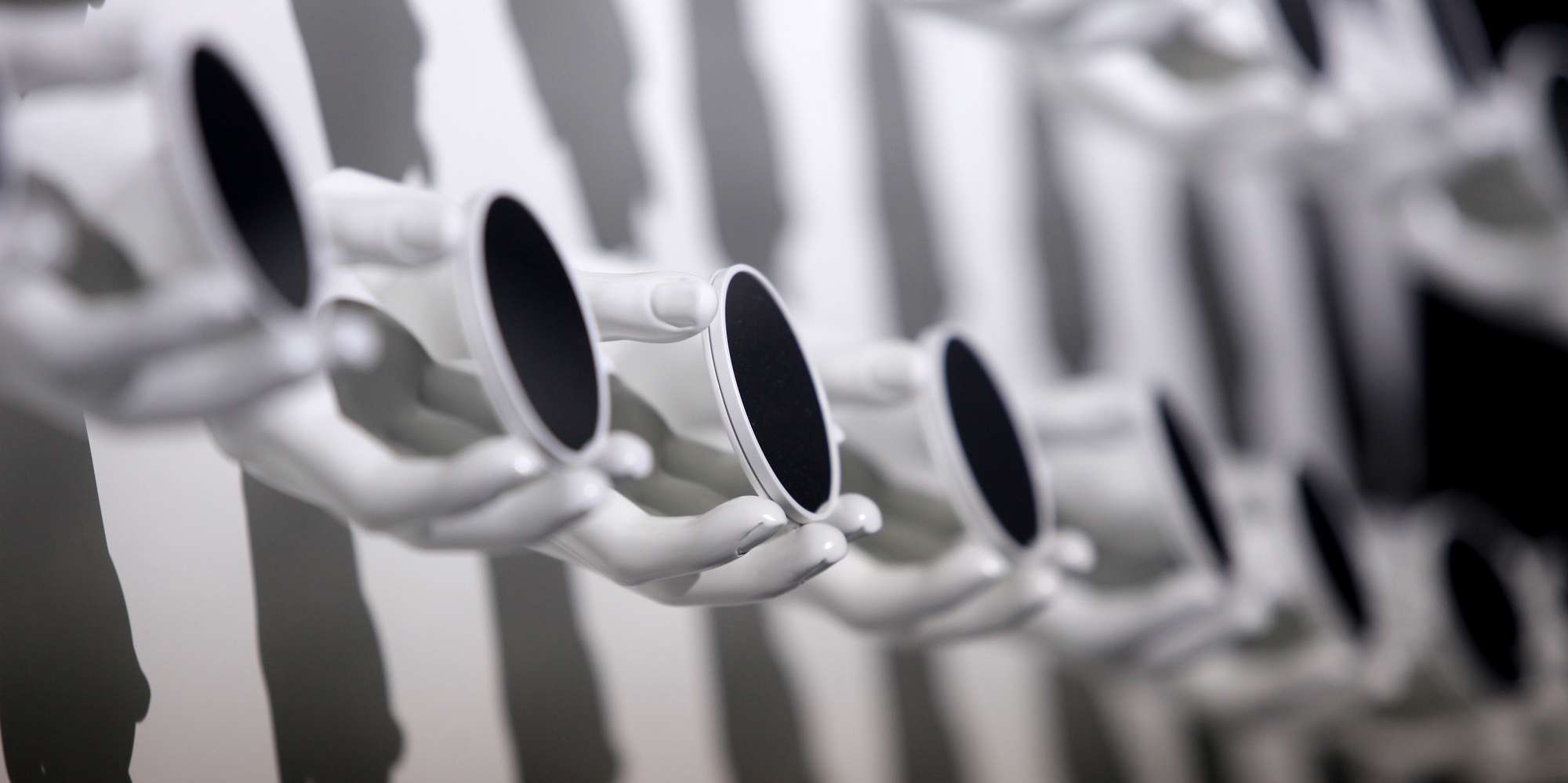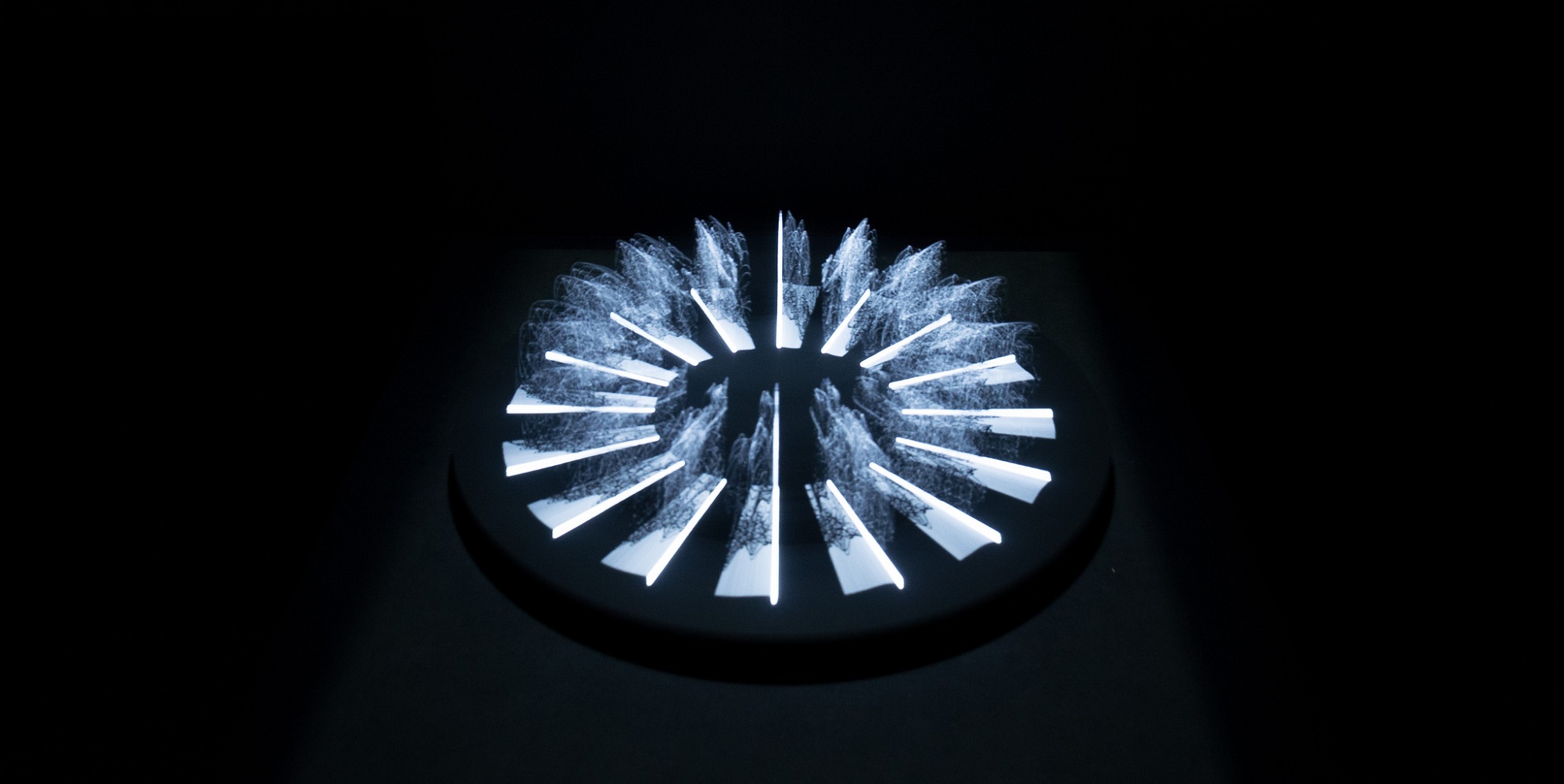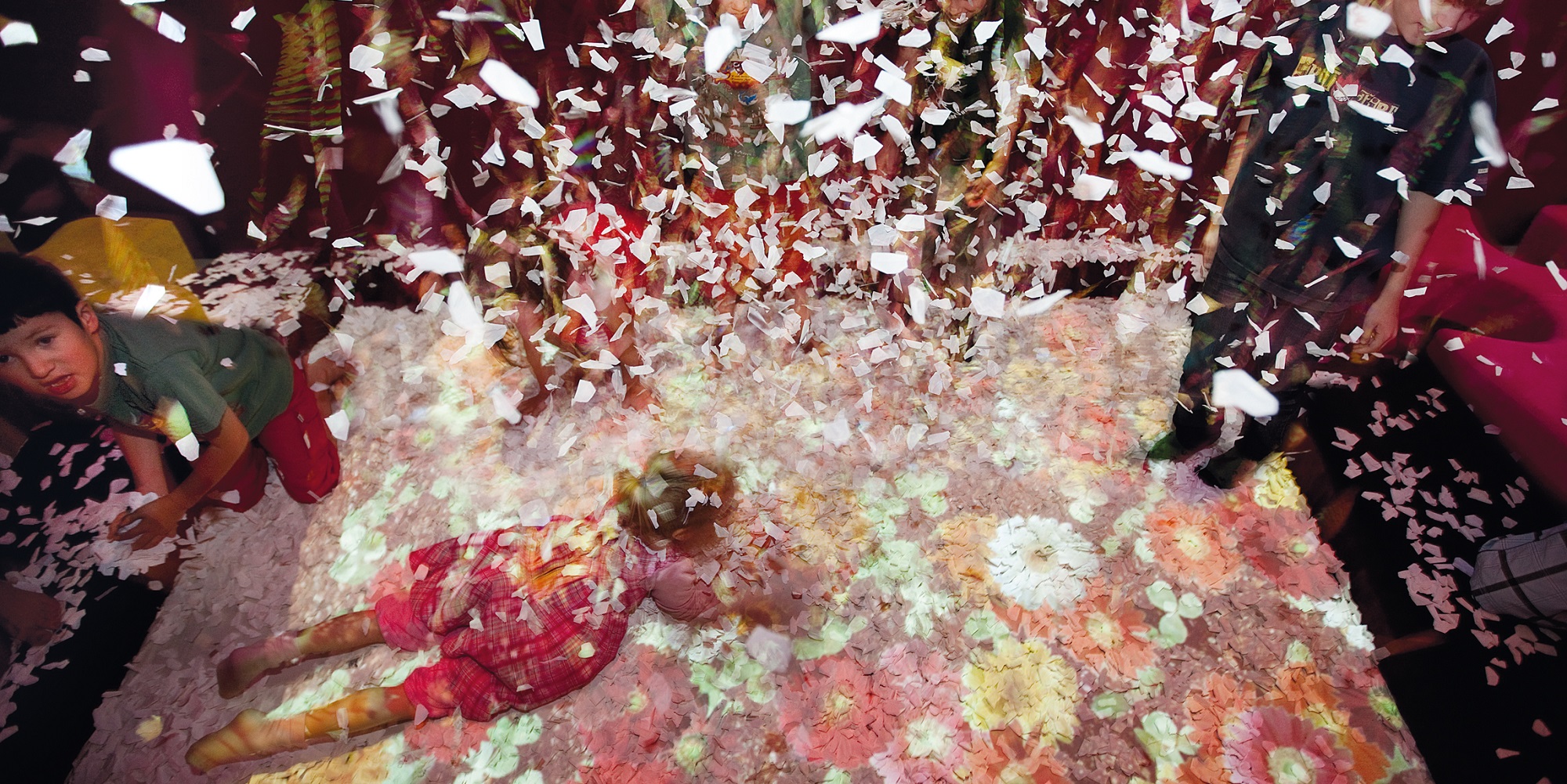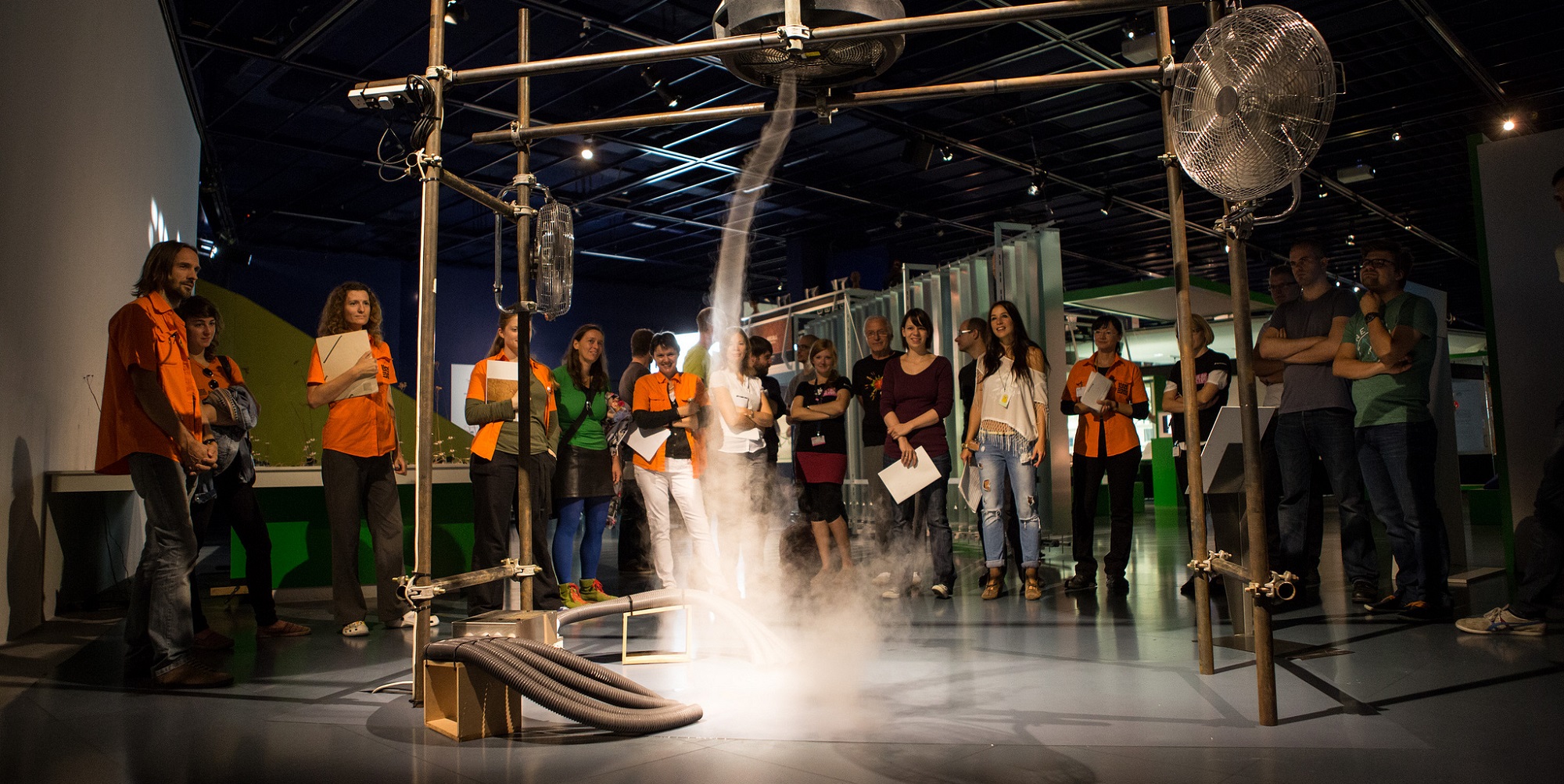
Credit: Robert Bauernhansl
How it all began: Almost exactly 10 years ago there was a large construction site where the Ars Electronica Center stands today.
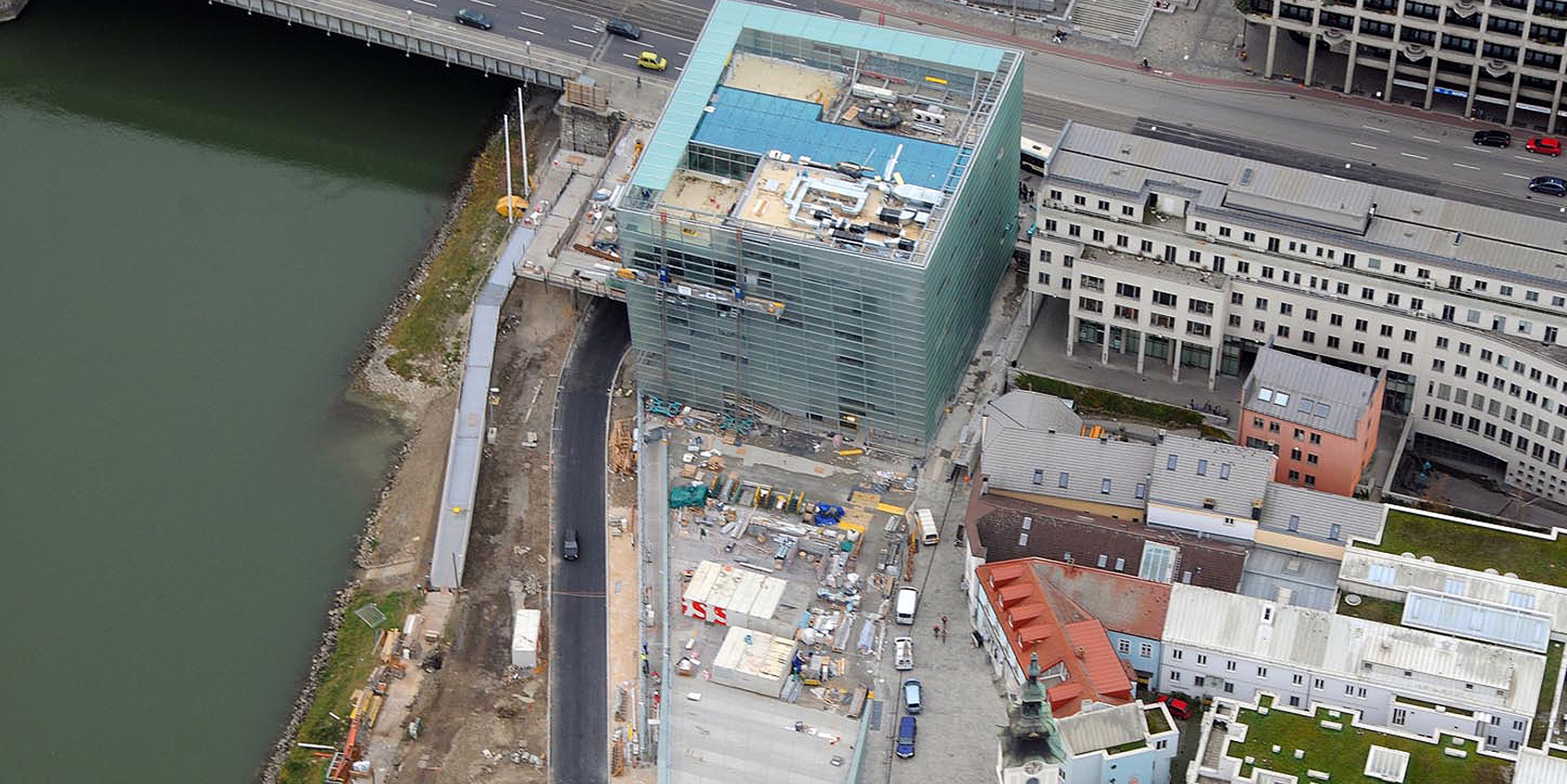
Credit: Pertlwieser
Gradually, the new Museum of the Future was built, complete with media facade, main deck – and of course the large exhibition areas in the basement. These are exactly the ones that are now being redesigned, after 10 years.
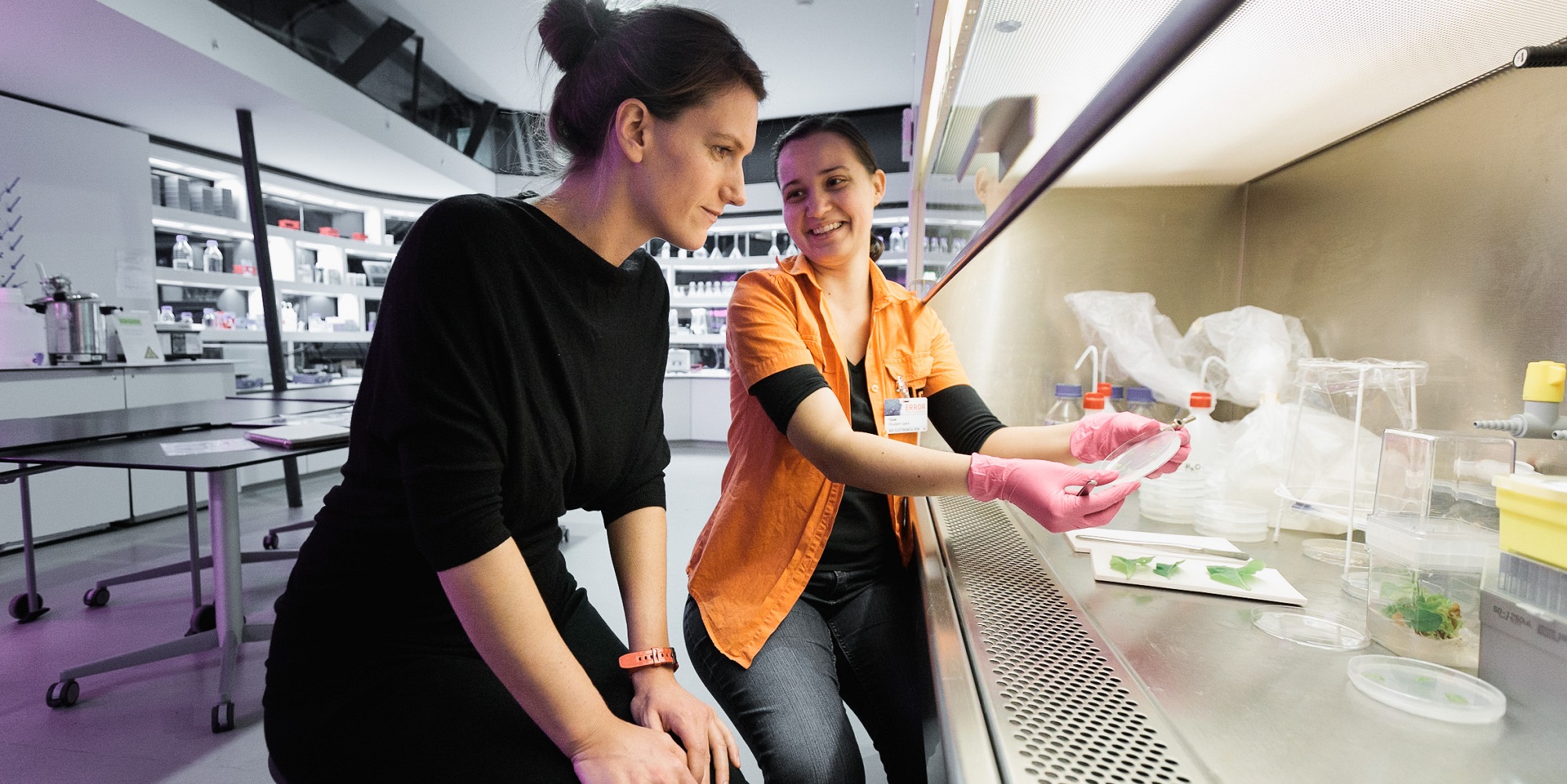
Credit: vog.photo
One area that existed right from the start was our BioLab. You cannot only use this space to explore…
Credit: Nicolas Ferrando, Lois Lammerhuber
…but also to try your own hand at scientific experiments. Try cloning tobacco plants, for example!
Plen Park / Credit: rubra
There was a lot to try out at our RoboLab, as well. Smaller and larger robots were waiting here to be used, tested and put to the test by the visitors – at least until 2017.
Credit: Robert Bauernhansl
In 2017, our RoboLab was replaced by the brand new VRLab – everything from artistic to scientific to playful VR and AR applications was included.
If you want to see for yourself what you can experience in the VRLab, you still have the chance to do so until 24 February 2019.
Your-Cosmos/Daito Manabe, Satoru Higa. Credit: vog.photo
Switching from immersive worlds to those you can shape yourself: Your-Cosmos, an installation by Daito Manabe and Satoru Higa from the Miraikan National Museum for Futures Studies in Japan, was a way of connecting LED modules and creating your own cosmos.
Particles / Daito Manabe, Motoi Ishibashi. Credit: rubra
A few years earlier, the artist Daito Manabe had already exhibited at the Ars Electronica Center together with Motoi Ishibashi. In their installation Particles, balls of light were racing through a kind of roller coaster, creating fascinating patterns.
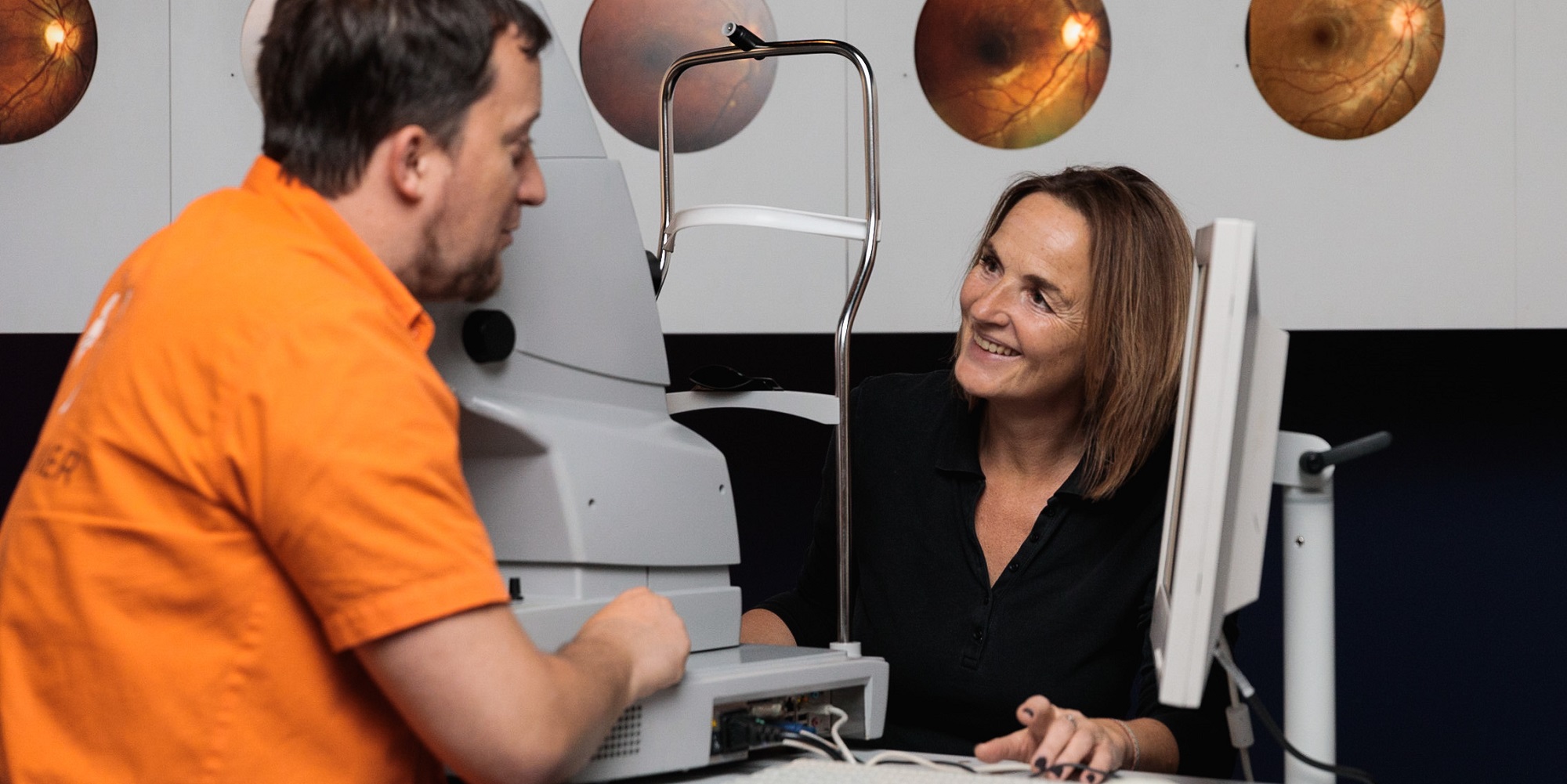
Credit: vog.photo
Speaking of patterns – with our Visucam, visitors can scan and examine their retina until February 24, 2019.
Of course, our guided tours will also continue until then – so if you want to take a last look at the exhibitions in our basement with expert commentary, you will have one last chance in the coming days.
Paro / Credit: rubra
Our robot seal Paro is a must for every visit to the Ars Electronica Center.
MERTZ / Lijin Aryananda. Credit: Nicolas Ferrando, Lois Lammerhuber
In recent years, however, Paro has not been the only robot that has surprised our visitors: Lijin Aryananda’s facial robot MERTZ imitated human facial expressions…
TELENOID / Hiroshi Ishiguro. Credit: Robert Bauernhansl
…while Hiroshi Ishiguro’s TELENOID worked like a doppelganger. When the robot spoke with the voice of an acquaintance or a friend, it reinforced what was being said with human-like gestures or facial expressions.
SiliFulin / Ryota Kuwakubo. Credit: rubra
Somewhat funnier was SiliFulin by Ryota Kuwakubo: With the robotic tail that you could attach to your own body, you transformed yourself into an animal-like cyborg in no time at all.
The Ars Electronica Center also had a lot to offer for those who like to give new technologies a try themselves: Our FabLab was and still is (until February 24, 2019, at least) the place to be if you want to experience 3D printing, laser cutting and bringing your own designs to life.
Branching Morphogenesis / Jenny E. Sabin, Andrew Lucia, Cabin Studio+. Credit: Nicolas Ferrando, Lois Lammerhuber
Speaking of plastics, in 2010 Jenny E. Sabin, Andrew Lucia and Cabin Studio+ built the Branching Morphogenesis installation from 75,000 cable ties.
Hylozoic Grove / Philip Beesley. Credit: Nicolas Ferrando, Lois Lammerhuber
Not all installations always stood motionless. When Philip Beesley’s “Hylozoic Grove” was approached, it responded with movements that spread wave-like across the entire sculpture.
Mobility / Art & Com, Otto Bock. Credit: rubra
“Mobility” by Art & Com and Otto Bock could not stand still either. The 100 prosthetic hands held mirrors that reflected a beam of light. Through seemingly indiscriminate turns, the Chinese character for “Mobility” finally appeared.
Sculpture of Time / Akinori Goto. Credit: Christopher Sonnleitner
The Japanese artist Akinori Goto also works with light and movement. In his “Sculpture of Time” at the Ars Electronica Center, he showed how rigid structures are transformed into dancing figures through rotation and light.
Holoman. Credit: Christopher Sonnleitner
With “Holoman”, on the other hand, one transforms oneself, or at least one’s own view of the human body. The modern, almost magical mirror shows what we are made of.
Funky Pixels: Flower Garden / Kohei Asano, Kousuke Matsuura. Credit: Nicolas Ferrando, Lois Lammerhuber
The creative side of man-machine connections was also always a big theme. Already in 2009, a whole series of works under the title “Funky Pixels” dealt with this topic. One of them was Flower Garden by Kohei Asano and Kousuke Matsuura. The more confetti was swirled through the air, the more lush the virtual flower garden bloomed.
The Limitations of Logic and the Absence of Absolute Certainty / Alistair McClymont. Credit: Tom Mesic
“The Limitations of Logic and the Absence of Absolute Certainty” by Alistair McClymont was at least as stormy. A whole tornado was created in the middle of our exhibition!
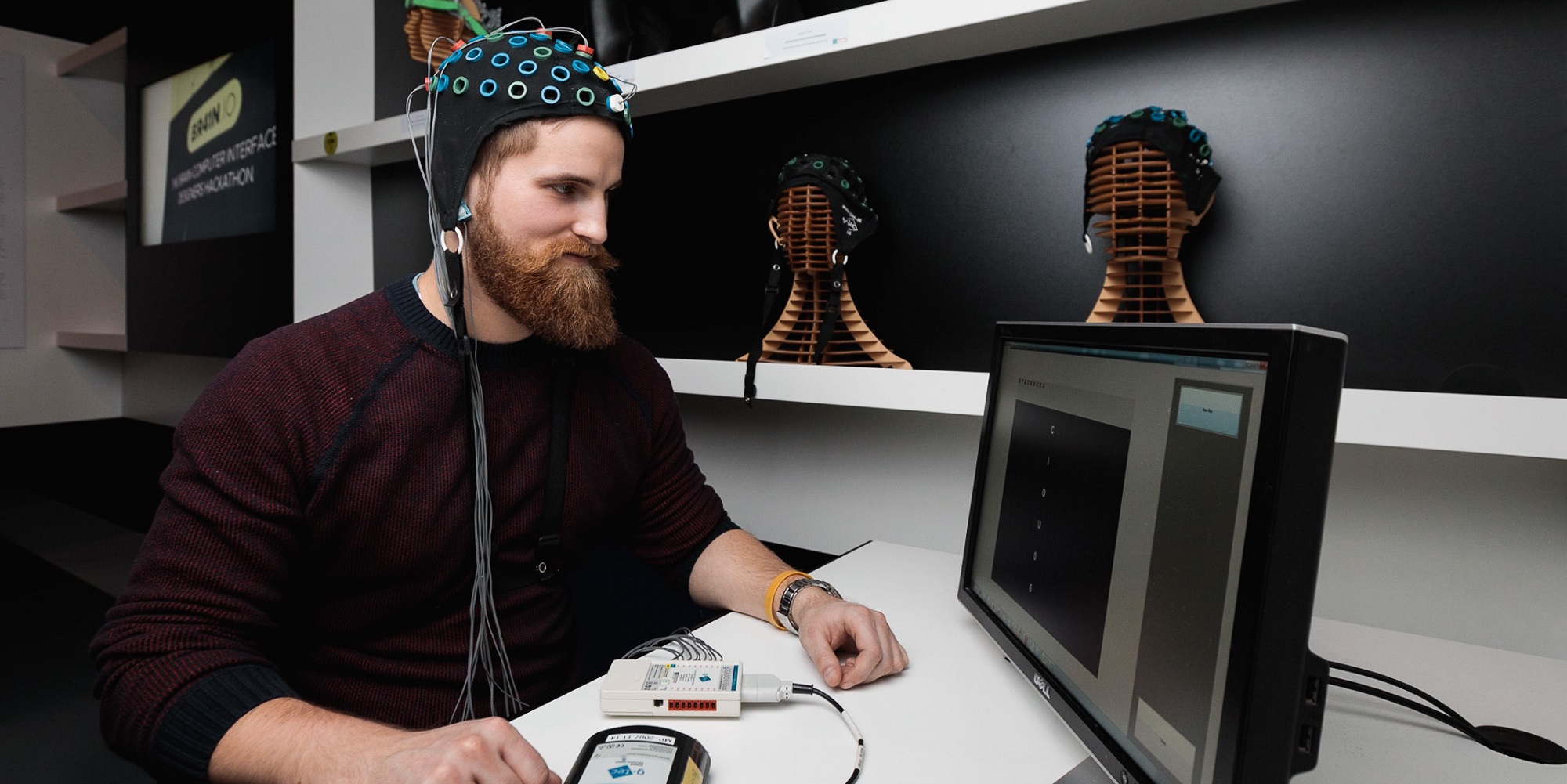
Credit: vog.photo
Those who are more interested in neuroscience were always in good hands in our BrainLab. It can still be seen at the Ars Electronica Center until February 24, 2019!
Just like the rest of our exhibitions in the basement. From 25 February 2019 onwards, we will begin with the redesign, before reopening on 27 May 2019, with fresh new content and exhibition architecture. Find out more on our website.
